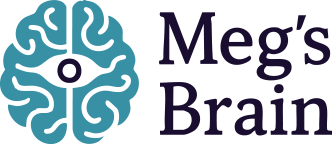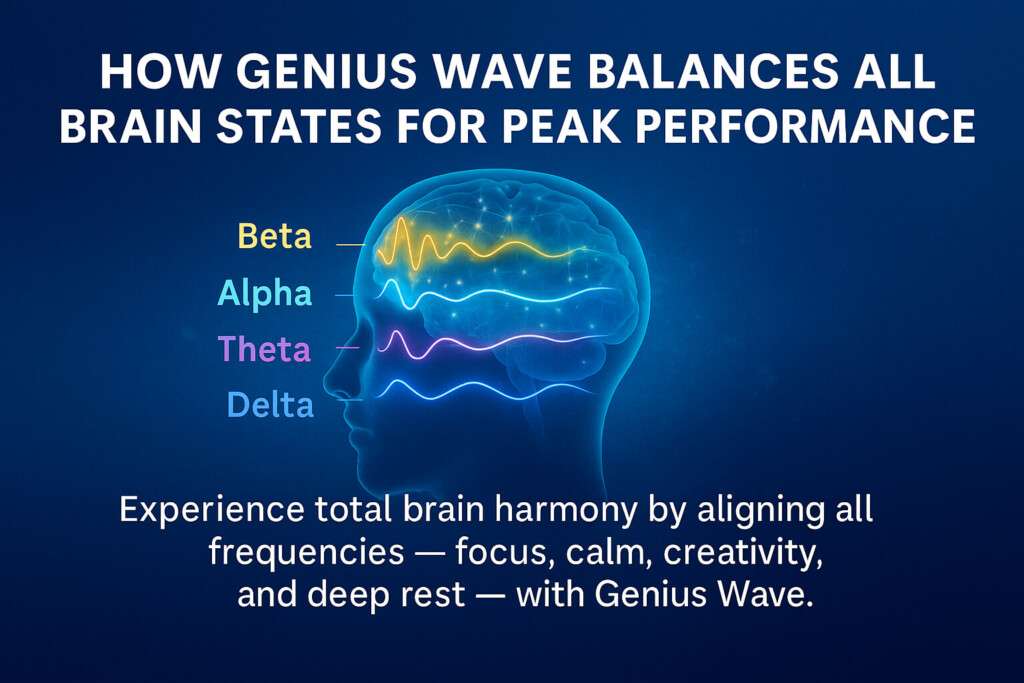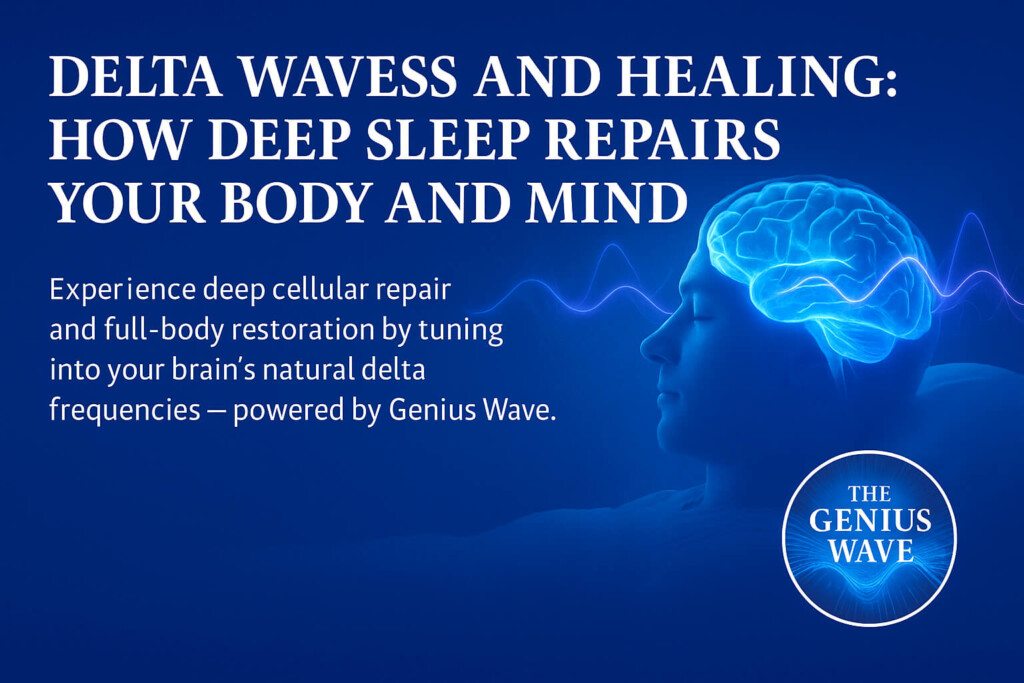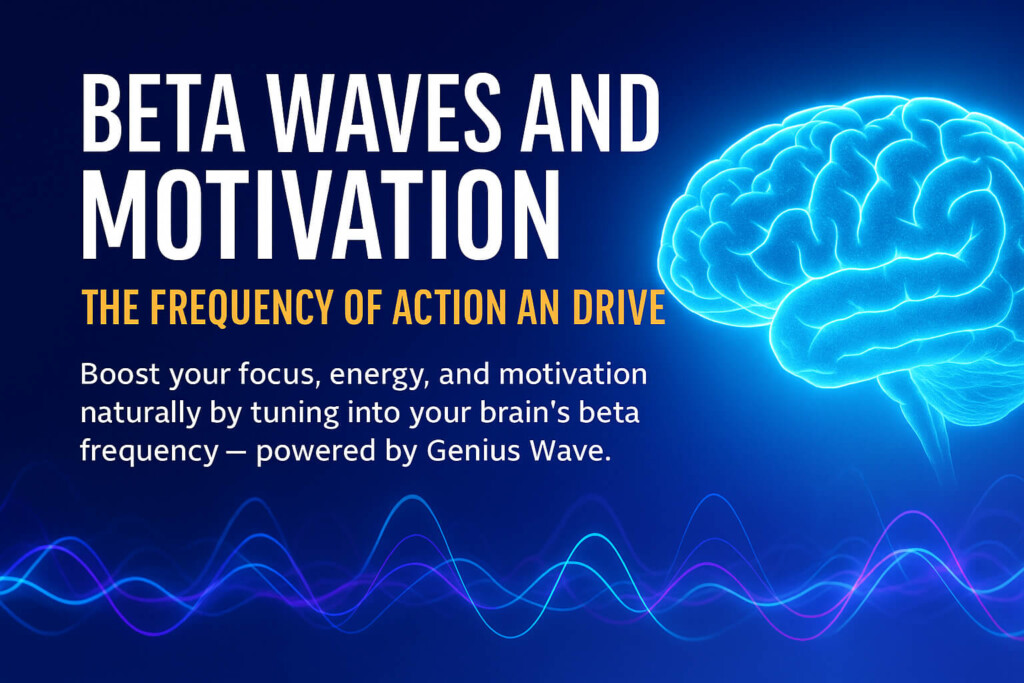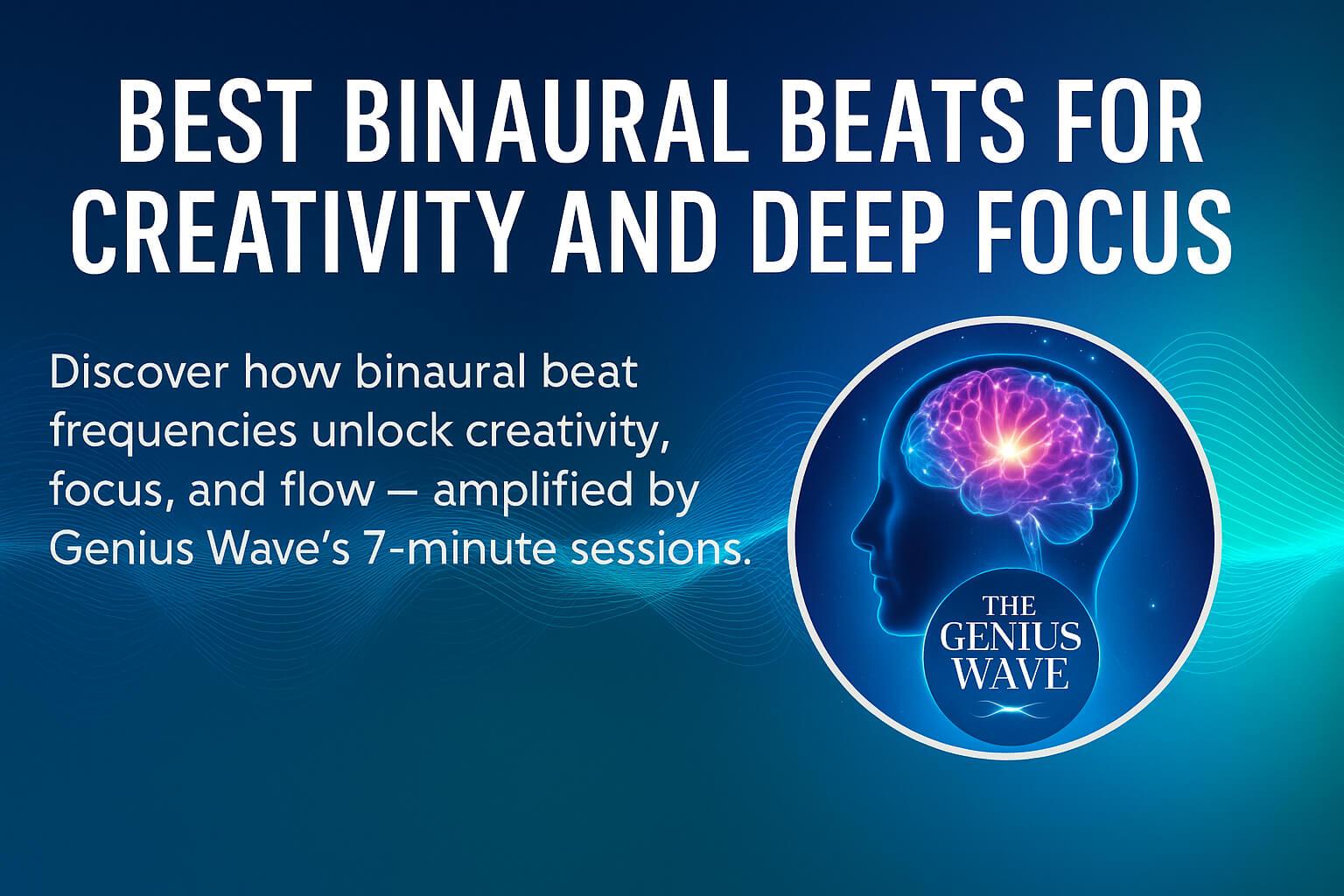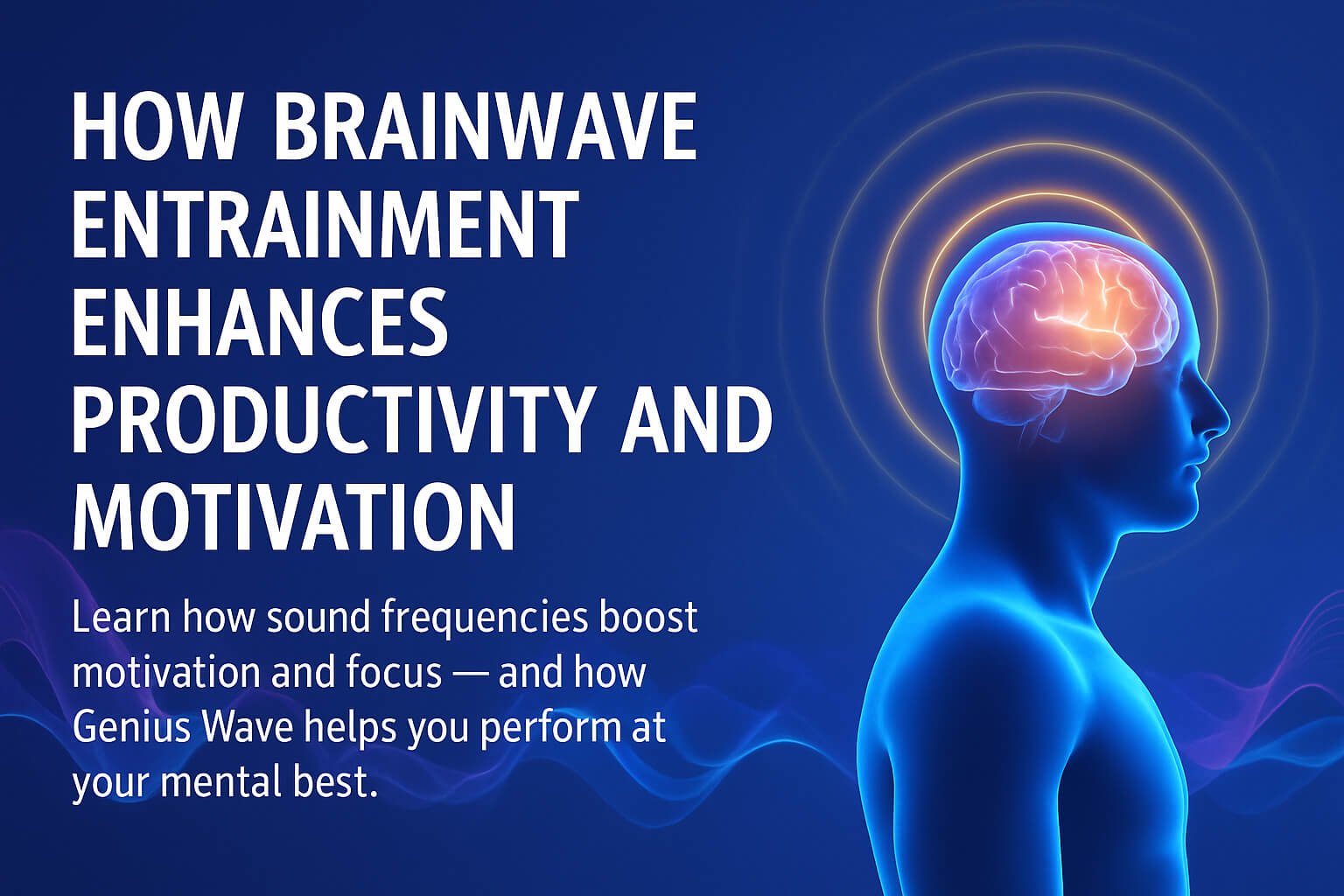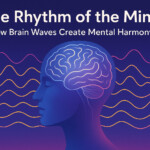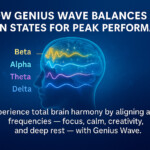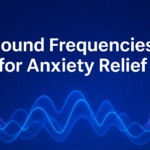Now Reading: The Science of Isochronic Tones: How Sound Shapes Focus and Energy
- 01
The Science of Isochronic Tones: How Sound Shapes Focus and Energy
The Science of Isochronic Tones: How Sound Shapes Focus and Energy
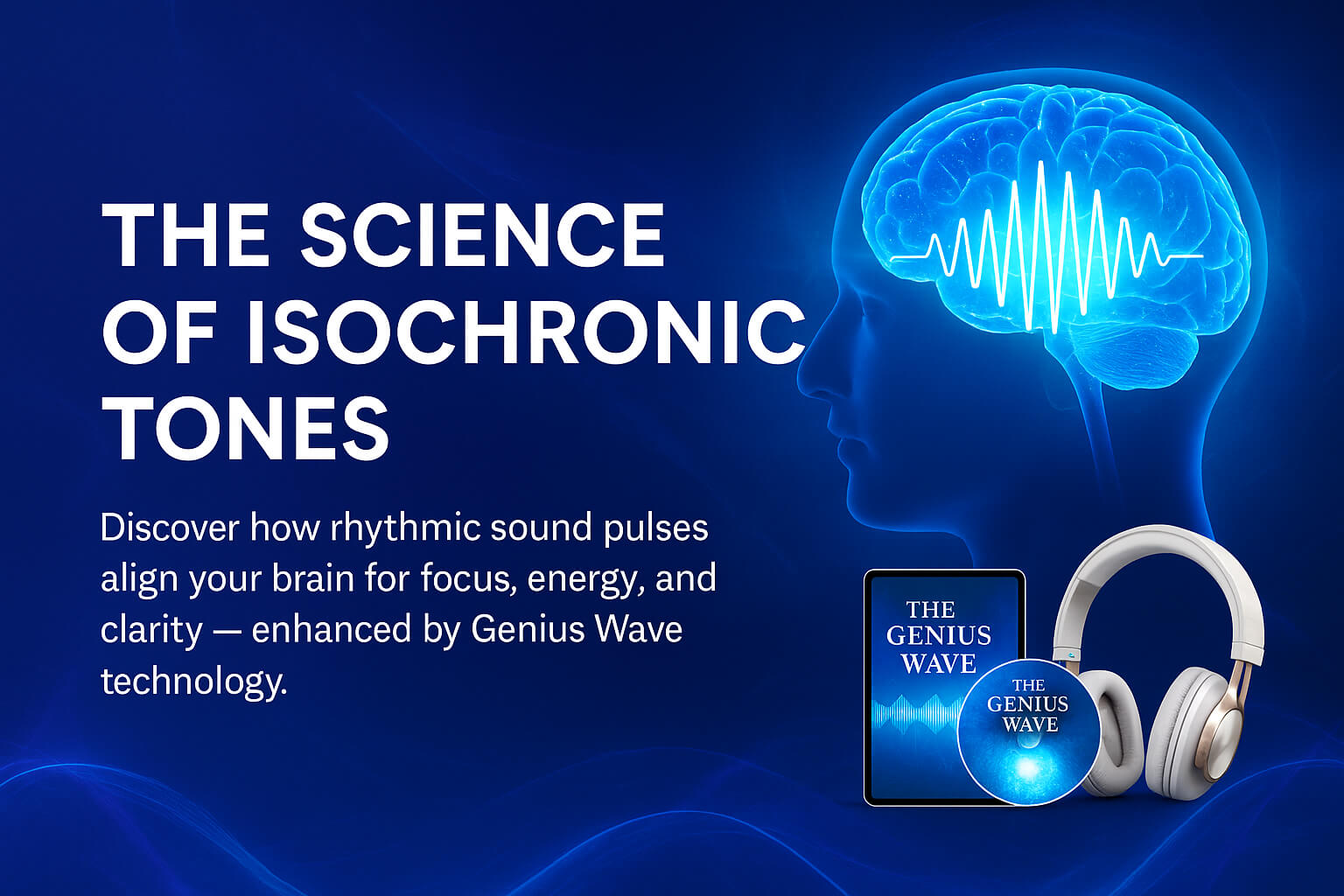
Introduction
In a world full of noise, clarity is a superpower.
When your brain is overloaded with information, caffeine stops working, and focus starts to fade — that’s when sound-based neuroscience can help.
Isochronic tones, one of the most effective brainwave entrainment methods, use rhythmic sound pulses to synchronize your brainwaves with patterns of focus, creativity, and alertness.
What Are Isochronic Tones?
Isochronic tones are evenly spaced sound pulses — rhythmic beats that the brain naturally tries to follow.
Unlike binaural beats, they don’t require headphones, because the rhythm itself drives brainwave synchronization directly.
This process, known as neural entrainment, trains your brain to align with specific frequencies associated with focus, relaxation, or motivation.
For example:
Alpha (8–12 Hz): Calm, clear concentration
Beta (13–30 Hz): Motivation, alert energy
Theta (4–7 Hz): Creativity and intuitive insight
The beauty of isochronic tones is their precision — they use sharp, defined sound patterns to command the brain’s attention.
The Neuroscience of Focus and Energy
Every thought, emotion, and action in your life is powered by electrical rhythms in your brain.
When these rhythms are unbalanced — too fast or too slow — you feel distracted, anxious, or unmotivated.
Isochronic tones work by restoring this rhythm.
They stimulate your reticular activating system (RAS), the network responsible for alertness and focus, bringing your mental energy into balance.
Research shows consistent use of rhythmic audio frequencies can:
Improve working memory and attention span
Boost dopamine release for motivation
Reduce cognitive fatigue and brain fog
How to Use Isochronic Tones Effectively
Find a quiet space. Even though headphones aren’t required, they help with immersion.
Set your intention. Choose a goal — focus, motivation, or creativity.
Listen for 7–15 minutes. Morning or pre-work sessions work best.
Relax and breathe deeply. Let your brain synchronize naturally.
Over time, your neural pathways strengthen, allowing you to reach a focused state more easily — even without audio support.
Genius Wave and Isochronic Entrainment
Genius Wave sessions are built upon the science of isochronic entrainment combined with theta brainwave activation.
This hybrid approach offers rapid results — turning fatigue into flow within minutes.
Each session helps you:
Boost motivation through beta entrainment
Enhance focus with alpha modulation
Unlock creativity via theta harmonics
👉 Try the Genius Wave method and feel your brain align with energy, clarity, and purpose every day.
Conclusion
Isochronic tones are more than just sound — they’re neurological precision tools for focus and performance.
They train your mind to maintain energy, balance, and mental sharpness naturally.
With Genius Wave, these powerful frequencies become even more effective — guiding your brain into perfect rhythm and harmony in just minutes.
